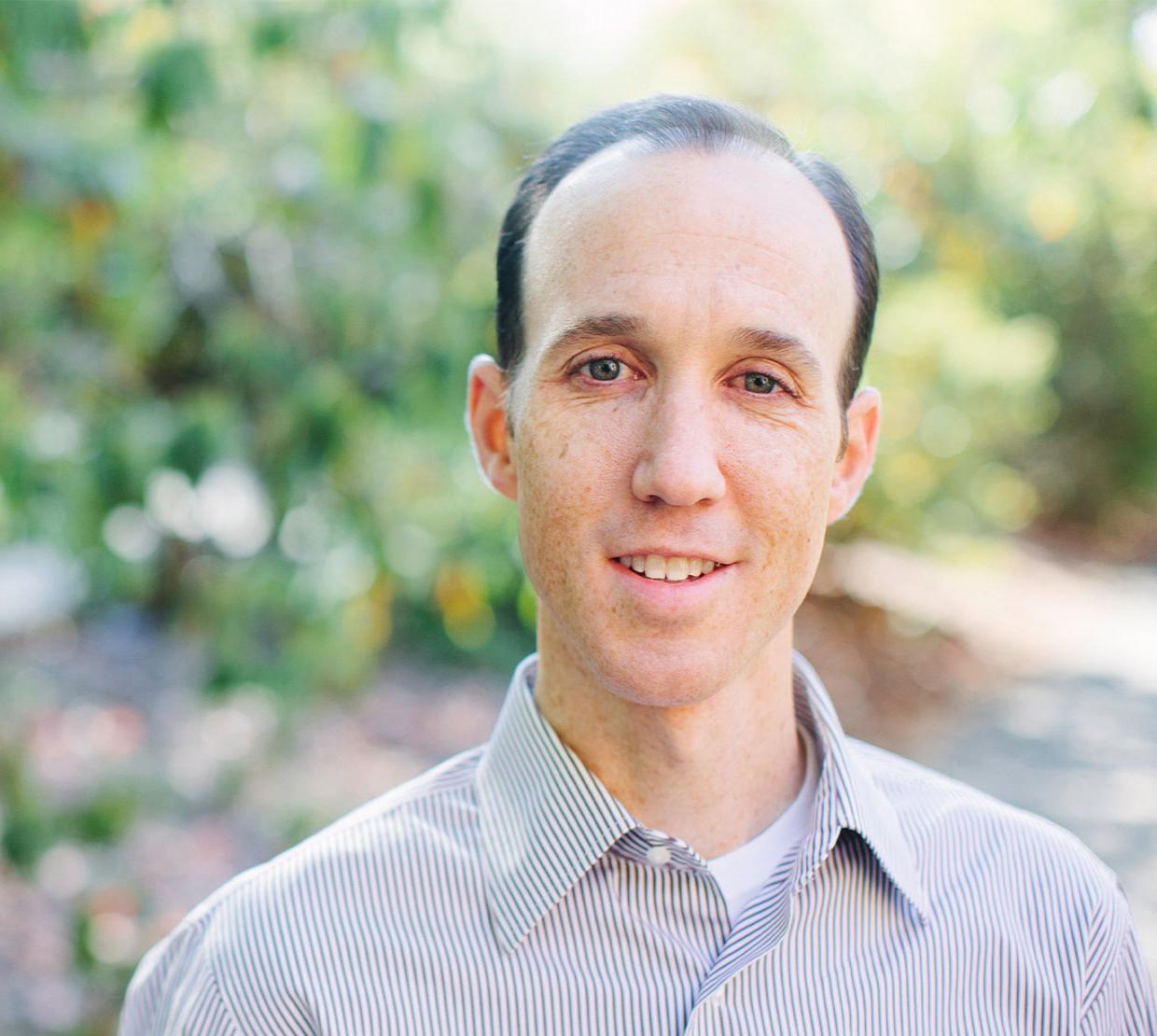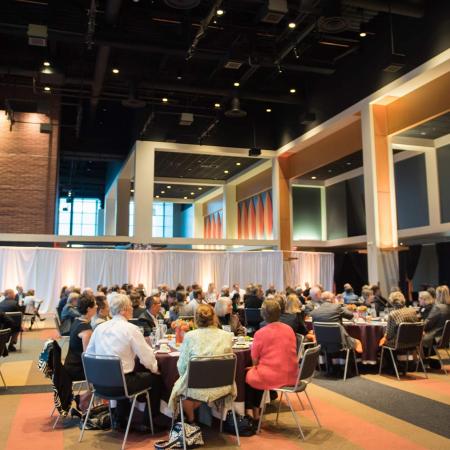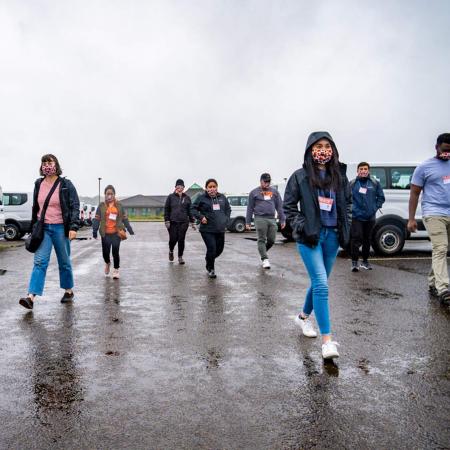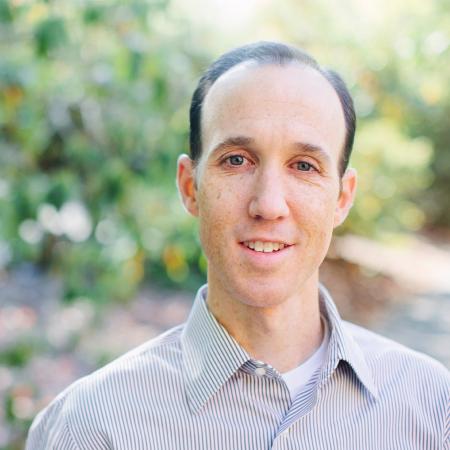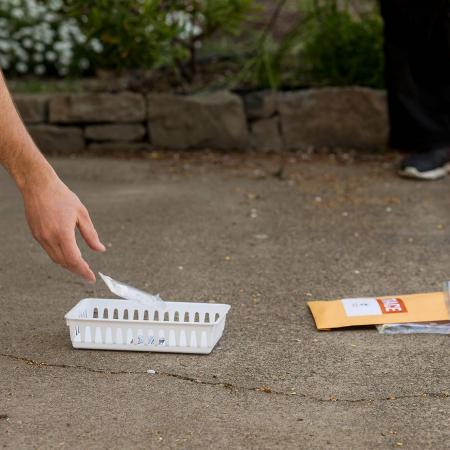Jeff Bethel has found his moment. For him, and others in public health, the COVID-19 pandemic has put a spotlight on the work they do every day, work that happens behind the scenes and isn’t visible until disease or disaster strikes.
An associate professor, Jeff is also an epidemiologist. Epidemiologists can be thought of as health detectives, combing through clues – data – in an effort to piece together the causes of disease and injury. Instead of investigating crime, they investigate how diseases occur in different groups of people, how to reduce rates of disease, and how to prepare for and reduce the impact on human health from disaster.
Jeff, who previously worked as an epidemiologist at the CDC conducting infectious disease surveillance studies and pandemic influenza planning, studies how infectious diseases are impacted by a changing climate, as well as the health impacts of natural disasters and disease outbreaks.
When Oregon State’s TRACE-COVID-19 study was being proposed, he wanted to be part of it.
“TRACE combines my interests and experiences in infectious diseases as well as disaster-related research. It was a perfect fit, and I saw this as something I can do to help control this pandemic.”
Not only is the project the perfect alignment of interests and expertise, it’s a study like none other in his career.
“This is unlike any study I’ve ever done, and that most people have ever done, given the unique circumstances in which we’re working,” he says. “The PIs don’t even meet in person; we’re doing everything virtually, including planning in an environment of social distancing, training field staff in that environment, and collecting data. This work is completely different in terms of sense of urgency, social distancing, the sense of anxiety permeating throughout the entire world, and its importance. It’s tremendously important.”
Until TRACE, which involves colleagues from five different OSU colleges, Jeff says he didn’t know many of his fellow researchers. “It’s been great working with them, and we work really well together, even though we’re not meeting in person,” he says. “Things are moving fast, understandably, and the team has responded well to that sense of urgency.”
Community is key
As co-principal investigator and co-director of the TRACE study, along with Assistant Professor Ben Dalziel in OSU’s College of Science, Jeff’s main responsibility is to oversee data collection, training field teams, identifying random samples of houses in neighborhoods, collecting samples and more.
As the study continues to garner attention across the state, Jeff also took on a new role – spokesperson – and a renewed appreciation for communication.
“I had never done a live interview before. It’s been very new, but exciting. It’s taken me out of my comfort zone, but I’m getting better at it.”
Being in the media’s lens, he says, is helping him learn about communicating to the public and OSU community in an environment of uncertainty and anxiety. “We’re in very unique circumstances, so messaging internally and externally needs to be done in a responsible way. I knew that, but I’m learning to do that even better.”
In addition to sharing news about the prevalence and spread of the virus that causes COVID-19, Jeff also attributes good communication to community awareness and support.
“It’s been a very positive response. We’re reporting that 80 percent of households that answered the door agreed to participate,” he says. “Beyond that, at our very first house, on our very first weekend, two runners went by and said, ‘Thank you for all you’re doing; good luck!’ And this was before we even knocked on a door, so that was really nice to see.”
With several weekends of successful testing now under their belts, the TRACE team is venturing outside of Corvallis.
“From the very beginning, we envisioned TRACE as being a template that can be applied to other communities,” Jeff says. “In addition, getting results will help inform local communities’ decisions at the public health level. As things are starting to open up, it will be useful in the early stages to have an estimate of the prevalence of coronavirus.”
Epidemiology: The foundation of public health
In addition to TRACE, Jeff conducts research and teaches graduate public health students in the CPHHS, which he’s done for nine years. His own journey to public health began while working at a bio tech firm in San Diego after earning a bachelor’s degree in biochemistry.
“I knew pretty quickly that a career on the bench wasn’t for me,” he says. “I’d always had an interest in health and public health and was talking to a friend earning her MPH in epidemiology at UC Berkeley. I didn’t know a lot about epidemiology at the time and thought, ‘This is for me.’ It combines this interest in health and improving people’s lives. On top of that, it’s a quantitative field, which aligns with my interests and skills.
“From there, I knew going to grad school would be important for me to further my career in public health, and that’s what I did. Like many people going into public health, as opposed to medicine, I thought I could make a bigger difference in people’s lives at the population level.”
When he looks back at his career and forward to the legacy he hopes to one day leave, he thinks of one thing: impact. “My biggest goal is to make an impact on the communities I serve, in Oregon and beyond.”
For his epidemiology students, who learn how data informs decisions and who will go on to apply their in-demand skills in a variety of industries, he hones in on problem solving.
“Epidemiology is the basic science of public health. I think there will always be a market for those with quantitative and basic epidemiological skills – those who can look at a health problem and see how that problem is distributed in a population in terms of time and space, and then use public health tools to identify risk factors and causes to ultimately improve the population’s health,” he says.
“We think of epidemiology as a toolbox, and we try to give students a wide range of tools they can use no matter where they land in their career in public health, whether as a researcher or a county health professional. I also hope to challenge them, inspire them, to push them to really be consumers of public health info to draw their own conclusions based on the original journal article, not how the media distills it.”
This story was originally posted on Synergies.
